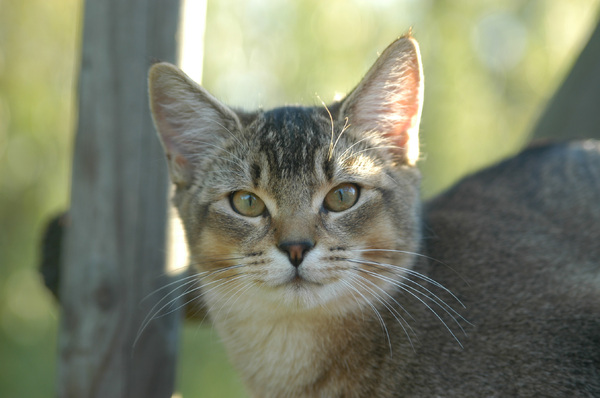Traveling with Cats: Portable Cat Litter Options
Traveling with Cats: Portable Cat Litter Options
Blog Article

Cat litter and litter boxes play a critical function in the lives of both felines and their owners. From the humble beginnings of sand and soil to the innovative improvements these days, the world of cat litter has actually progressed significantly. In this extensive guide, we explore every aspect of cat litter and litter boxes, exploring their history, types, advantages, difficulties, and whatever in between.
The history of cat litter go back centuries, with ancient civilizations utilizing sand, soil, and even ashes as primitive litter products. Nevertheless, it wasn't up until the mid-20th century that contemporary cat litter as we understand it emerged. In 1947, Edward copyright presented the world's first industrial cat litter made from absorbent clay, reinventing the method felines relieved themselves inside your home. Considering that then, cat litter has actually gone through various changes, with the introduction of clumping litter, silica gel litter, naturally degradable choices, and more.
Today, cat owners are spoiled for option when it pertains to picking the ideal litter for their feline buddies. Conventional clay litter remains popular for its affordability and efficiency in soaking up smells. Clumping litter, which forms solid clumps when wet, simplifies cleaning and upkeep. Silica gel litter, composed of highly absorbent silica crystals, offers superior smell control and durability. Biodegradable options, such as recycled paper, wood pellets, corn, and wheat, interest environmentally conscious consumers.
Each kind of cat litter provides unique benefits. Clay litter stands out in its ability to absorb wetness and control odors, making it a dependable choice for lots of feline owners. Clumping litter simplifies day-to-day scooping and extends the time in between complete litter modifications. Silica gel litter offers exceptional smell control and can last longer in between replacements. Biodegradable litters use a sustainable option that reduces environmental effect.
While cat litter enhances indoor feline health, it is not without its challenges. Dust from clay litter can pose breathing risks for both felines and people, prompting the appeal of dust-free alternatives. Some felines may establish litter box aversion due to concerns with texture, fragrance, or tidiness, necessitating experimentation with various litters and box configurations. Multi-cat cat litter families may need strategic litter box positioning and frequent upkeep to prevent territorial disagreements and ensure all felines have access to clean centers.
Selecting the proper litter box is important for promoting favorable litter box routines and general feline wellness. Aspects to think about include size, availability, and design preferences. Covered litter boxes supply privacy and aid contain smells, but some cats may discover them restricting or intimidating. Open-top litter boxes provide simple access and presence but may lead to more litter scatter. Automatic self-cleaning litter boxes improve upkeep however wood pellets cat litter require routine tracking and maintenance.
Correct litter box maintenance is important for guaranteeing a tidy and inviting environment for both cats and self cleaning cat litter box their owners. Daily scooping removes waste immediately, minimizing odor and discouraging litter box hostility. Routine litter replacement, typically every 1-2 weeks, prevents bacterial accumulation and preserves optimum absorbency. Extensive cleaning with mild cleaning agent and water, preventing harsh chemicals that may prevent cats from using package, need to be performed monthly.
Cat litter and litter boxes play a central function in cultivating a healthy and harmonious relationship in between felines and their human buddies. With a varied variety of litter alternatives and litter box designs available, cat owners have the flexibility to customize their options to match their cats' choices and family requirements. By comprehending the evolution, types, benefits, and challenges of cat litter and litter boxes, animal owners can supply their feline friends with a comfortable and sanitary indoor environment.